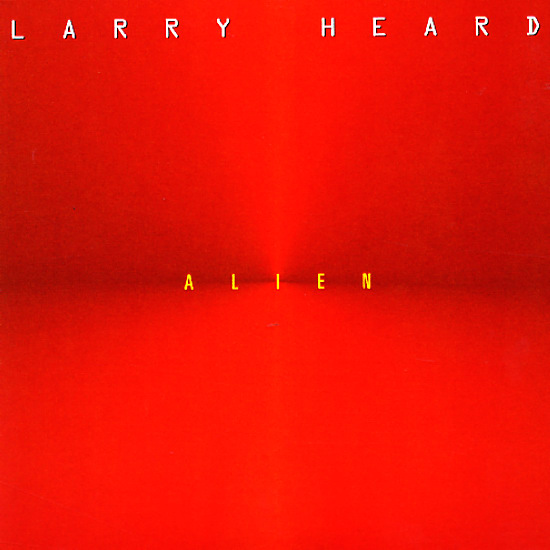 Quality: 3.75 out of 5
Quality: 3.75 out of 5Trip-O-Meter: 4.25 out of 5
Kennelmus briefly rose from the mists of the Arizona desert; a strange musical mirage combining psych rock with surf and whatever else that the folks in this band wanted to. It's a shame that this is the only disc that Kennelmus recorded. Although they may have not been A-listers, it's clear that they put their all into this album and it's quite impressive.
The band was led by Ken Walker, whose full first name provided the name of the band. Indeed he is the point man in terms of writing most of the songs and tackling the main melodic duties, but the rest of the band is pretty groovy too.
The early part of the album is desert baked surf rock in great tracks like "I Don't Know" and "Patti's Dream." "Goodbye Pamela Ann" incorporates a strange homage/rip-off of the Beatles "Tomorrow Never Knows." "Think For Yourself," which is not a Beatles cover, adds in some strange vocals from Walker; it's probably better to pay more attention to the surrounding psych instrumentals "Black Sunshine" and "The Bug, The Goat, and the Hearse," which are much more entertaining. Then Walker sings completely through his nose on "Shapes Of Sheep," by far my least favorite track here.
Near the end of the album we get a little more luck with the vocals. "Sylvan Shores" is a garage rocker with the backdrop of a desert sunset. The disc closes with "The Raven," which is a psychedelic recitation of the Poe poem. At first I thought it seemed a little pretentious, but then it got stuck in my head for a day. It's not like the Alan Parson's Project tackling Poe.
The album follows some kind of concept, although I can;t admit I'm hip to what it is. The tracks do link together on most tracks, so I guess you're supposed to take this one on as an 'experience.' Although there are definitely a few flaws and bum tracks, Folkstone Prism is still an enjoyably adventurous album and the joy of music making runs strong through its grooves. Let's just call it charmingly goofy.
Buy Me:
Kennelmus - 1971 - Folkstone Prism









